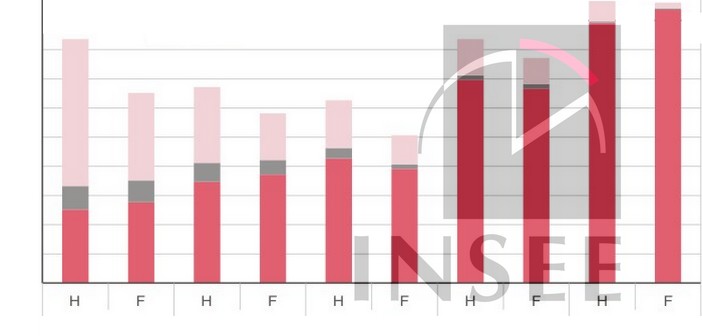The growth forecast for the entire year is estimated by both Insee and the government at 1.1%, a “level not seen in four years.” However, the figure remains lower than that of the eurozone, which stands at 1.5%.
According to Insee, the French economy is expected to regain momentum in 2016, with growth of 0.4% in both the first and second quarters.
In this context, job creation in the commercial sector should accelerate, and the unemployment rate, which reached a level not seen since 1997, is expected to start slightly declining by mid-2016, reaching 10.0%.
The forecast from Bercy for 2016—a 1.5% increase in GDP—is therefore not unattainable. However, it is not guaranteed either.
The year 2015 will conclude on a note that may seem reassuring: growth is expected to reach 1.1% (after 0.2% in 2014), according to Insee’s economic outlook.
According to calculations, low interest rates contributed 0.2 points to growth, the depreciation of the euro added another 0.2 points, and finally, the drop in oil prices (which fell to their lowest level since early 2009 in November) contributed an additional 0.4 points.
Upon closer examination, does the balance sheet not reflect an economy whose fundamentals have truly regained strength?


